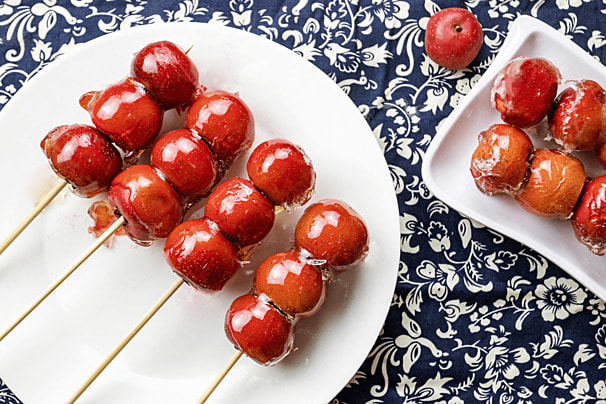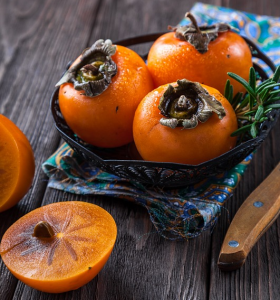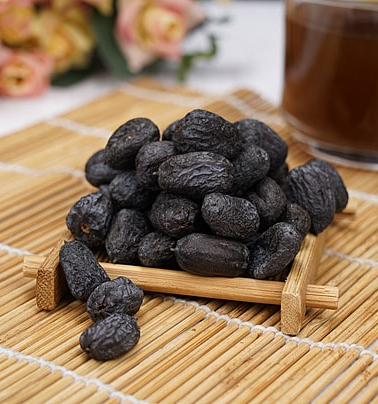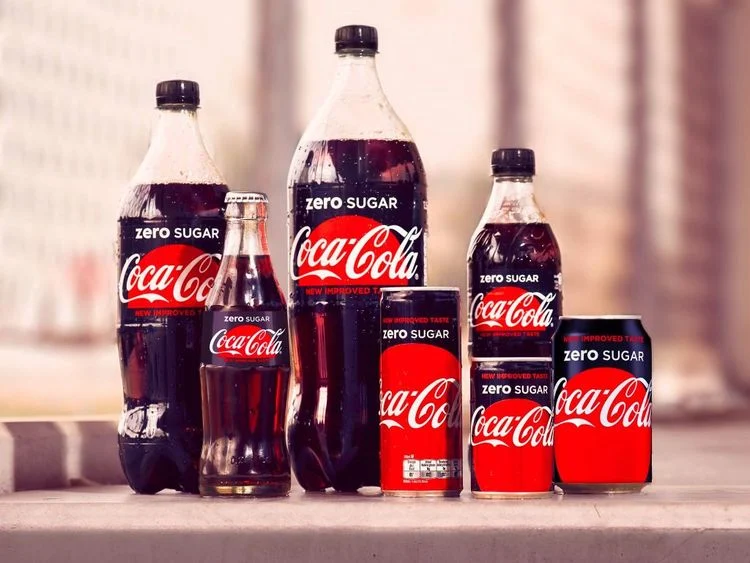On the streets in winter, what delicacy is the most tempting? That's right, it's the red and glistening tanghulu! With every bite, the sweet and sour flavor brings back one of the best childhood memories.

However, every autumn and winter, there is a noticeable increase in patients with gastric bezoars in gastroenterology outpatient clinics. Endoscopically, various types of gastric bezoars can be seen everywhere, some of which are particularly large and require lithotripsy devices to break them into smaller pieces, while others are extremely hard and cannot be crushed by any endoscopic "weapons".
How are these "stubborn" stones in the stomach related to tanghulu? Can we still indulge in this delicious treat? Don't worry, today, a gastroenterologist from Peking Union Medical College Hospital will provide you with detailed information.
Eating too much hawthorn doesn't necessarily aid digestion

Why does eating tanghulu carelessly lead to gastric bezoars? Hawthorn itself is rich in tannic acid, and eating too much of it can easily "collaborate" with gastric acid and proteins in the stomach to form a large stone.
You think gastric acid is powerful? It will "go on strike" when it encounters these stones. As a result, the stone gets stuck in the stomach, causing excruciating pain and doubt in life, and can also lead to peptic ulcer, perforation, and obstruction, which may be life-threatening in severe cases.
Besides hawthorn, foods rich in tannic acid, such as persimmons (especially unripe ones) and jujubes, are also common delicacies in autumn and winter but may also contribute to the formation of gastric bezoars. The tannic acid in these fruits, when acted upon by gastric acid, combines with proteins to form tannic acid protein, which is insoluble in water. It gradually accumulates and condenses with substances like pectin and cellulose, eventually forming gastric bezoars, which are usually of vegetable origin.
Therefore, the belief that eating hawthorn promotes digestion is not entirely correct. Consuming large amounts of hawthorn on an empty stomach or after drinking alcohol, when gastric acid is excessive, may promote the formation of gastric bezoars, accompanied by severe symptoms such as dyspepsia, bloating, and severe gastric ulcers.

Enjoying tanghulu with a bit of cola
It sounds quite alarming. Can we still enjoy ice-sugar gourd happily? Of course, you can. Just change the way you eat it. You can eat it in moderation or "use magic to defeat magic" by using cola to counteract the risk of bezoars.
For patients with mild to moderate vegetable bezoars, drinking cola is a safe and effective pharmacological treatment.
Cola is characterized by its low pH level, containing sodium bicarbonate that dissolves mucus, and abundant CO2 bubbles that promote the dissolution of bezoars. Cola can disrupt the aggregated structure of vegetable bezoars, making them softer or even breaking them down into smaller pieces that can be excreted through the digestive tract.
A systematic review found that in half of the cases, cola alone was effective in dissolving bezoars, and when combined with endoscopic treatment, over 90% of bezoar cases could be successfully treated.

In clinical practice, many patients with mild symptoms who consumed more than 200ml of cola orally two to three times a day for one to two weeks effectively dissolved their bezoars, reducing the need for endoscopic lithotripsy, thereby greatly alleviating pain and lowering medical costs.
"Cola therapy" is not a panacea
Is drinking cola enough? "Cola therapy" is not applicable to all types of gastric bezoars. For bezoars that are hard in texture or large in size, endoscopic or surgical intervention may be required.
Although cola therapy can break down large bezoars into smaller fragments, these fragments may enter the small intestine and cause obstruction, worsening the condition. Long-term cola consumption also has side effects, such as metabolic syndrome, dental caries, osteoporosis, and electrolyte disturbances. Excessive consumption of carbonated beverages also poses a risk of acute gastric dilation.
Furthermore, patients who are elderly, frail, or have underlying conditions such as gastric ulcers or partial gastrectomy should not attempt this method on their own, as it may exacerbate their condition. Therefore, prevention is the best strategy.
In summary, the key to preventing gastric bezoars lies in maintaining a reasonable diet:
Be cautious with foods high in tannic acid, such as hawthorn, persimmons, and jujubes. It is not recommended for patients who are elderly, frail, or have digestive diseases such as peptic ulcers, reflux esophagitis, achalasia, a history of gastrointestinal surgery, or hypomotility.
Follow the principle of moderation. If you really crave these foods, avoid eating too much at once and consume some carbonated beverages, such as cola, in moderation before and after eating.
Seek medical attention promptly. If you experience related symptoms, seek medical attention immediately and choose an appropriate treatment method under the guidance of a professional doctor.
Post time: Jan-09-2025

